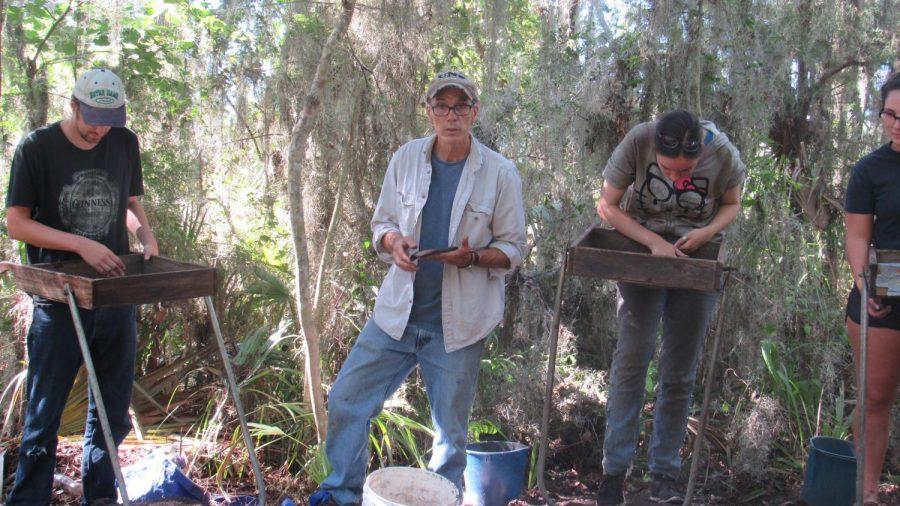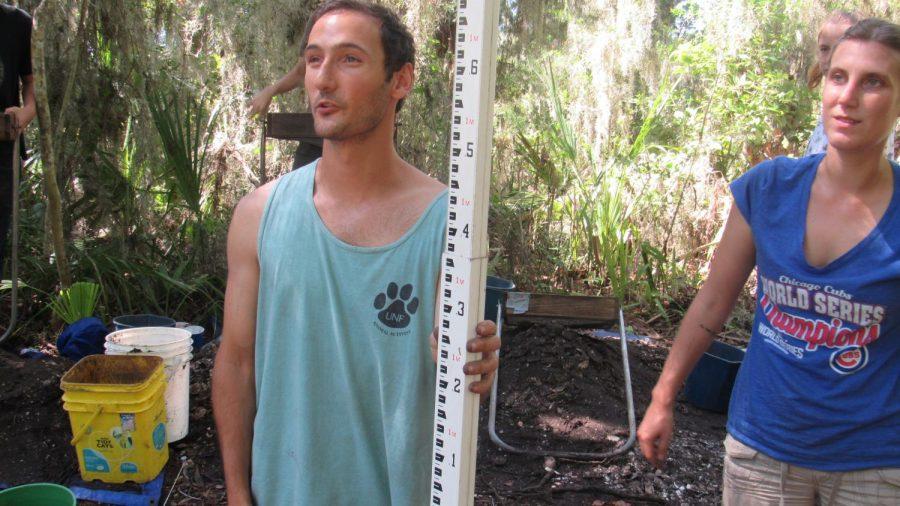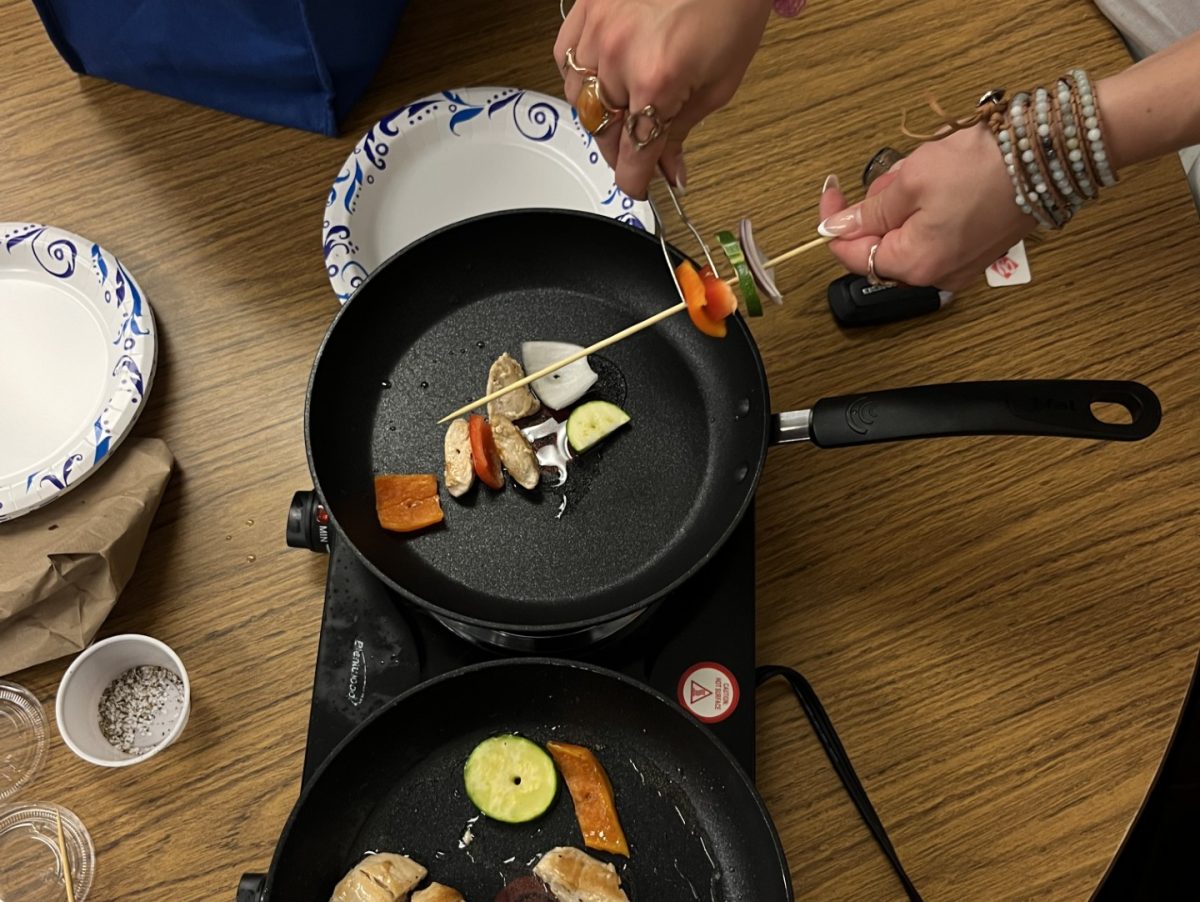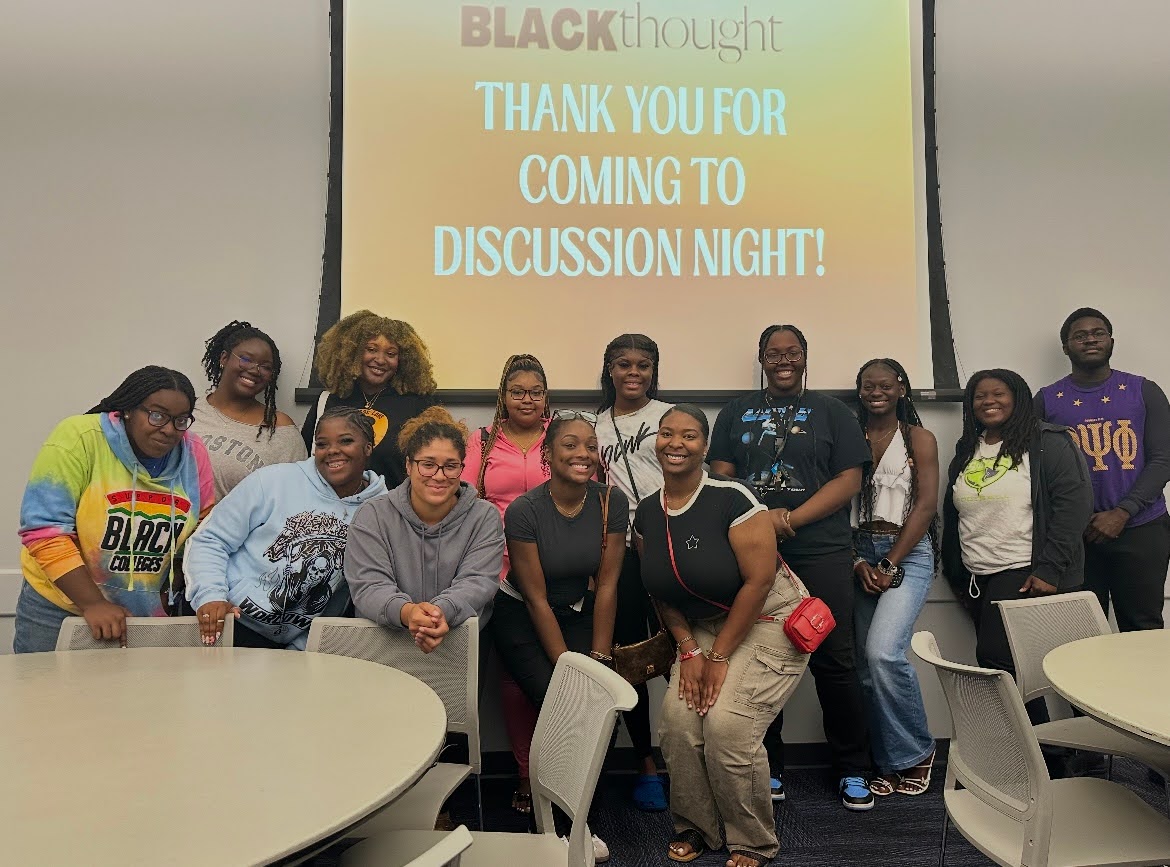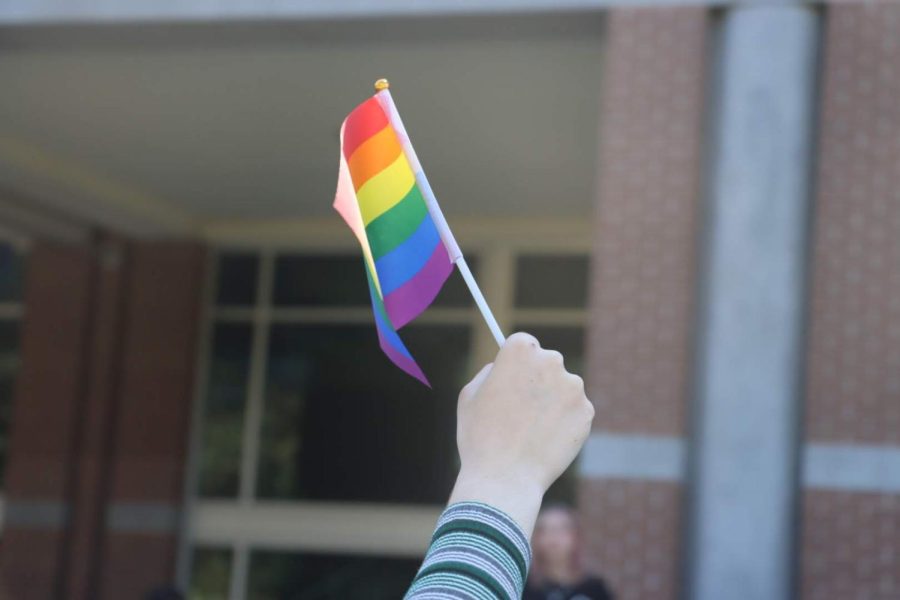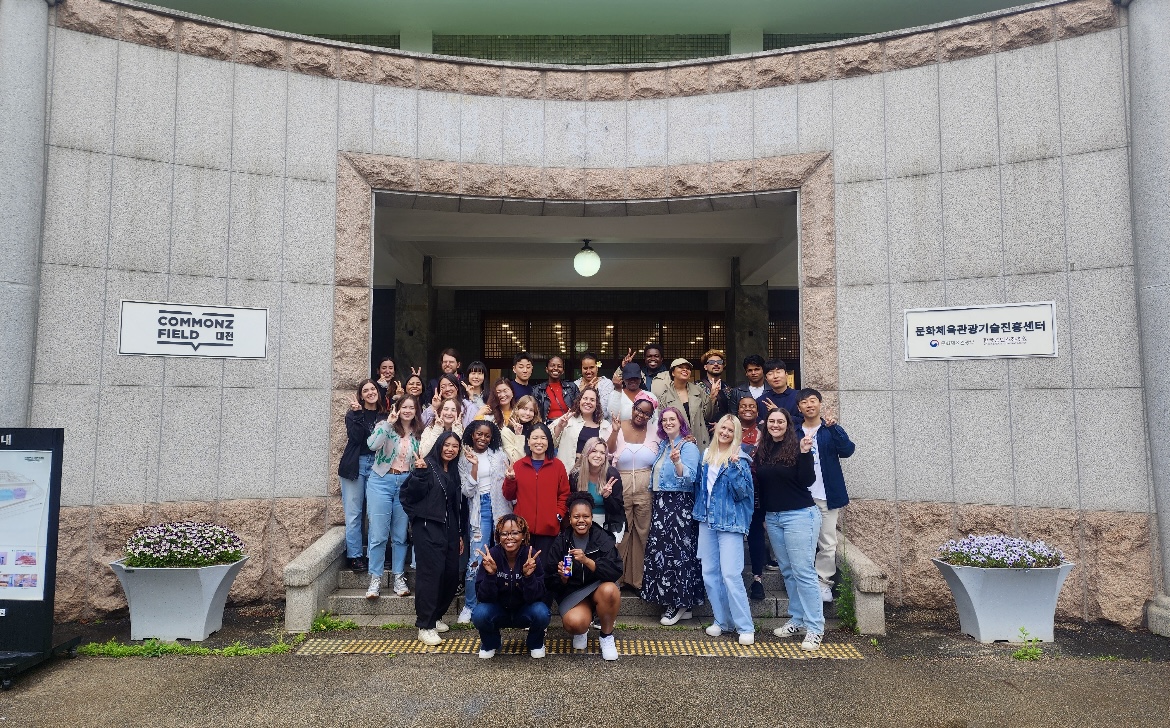Tucked away on Big Talbot Island, students gain first hand experience in the archaeology field. One shovel full of dirt at a time.
In this six week course led by Dr. Keith Ashley, every student work side by side on the site battling the heat, rain and wooded conditions. Described as a passionate teacher, Ashley shares his love for the field to his students, who are sometimes the first people to see artifacts in years.
Being on site adds another dimension to what the students have studied in their textbooks and have heard in lectures over the year.
With the swipes of brushes, history is unearthed and carefully examined. At Big Talbot Island, traces of Native Americans can be seen through pottery such as St. John Check Stamp.
“I hope they take away that Jacksonville, northeast Florida, has a really rich Native Americans history,” Ashley said.
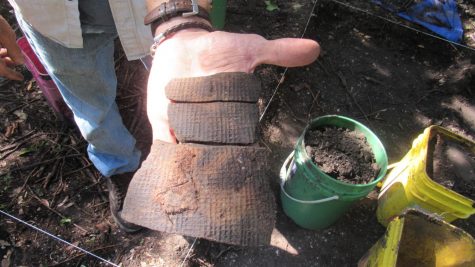
Win Flower, a senior anthropology major, takes each day in the field as an opportunity to learn a new piece of the Native Americans culture and history.
“I always been interested in archaeology and anthropology kind of led my path into it and it’s super exciting to learn,” Flower said.
In a slow, methodical system, each unit is dug 10 centimeters down at a time while being recorded for the state parks records. All items found in the units are taken back to the lab in the social sciences building for further examination. They are then categorized and placed in separate bags and will later be returned back to the park.
The skills learned from the dig can translate outside of the 26 student class from remote sensing, Geographic Information System, and note-taking. For many of the students participating, the dig is giving them a chance to learn outside of the classroom like Aubrey Farrell, a junior Anthropology major.
“So we found a lot of animal bones, we found a lot of Native American pottery that dates back to 900 to 1250 A.D. which is a thousand years roughly,” Farrell said. “We have found some stone that is not local to this area which really cool.”
This is the second time UNF has worked on Big Talbot Island for the summer A program. Over the last 20 years, students have surveyed and excavated private property, naval property, and state parks.
The work of the students doesn’t go unnoticed by the park officials such as Allison Conboy who has been serving with the parks since 2010.
“All the information they gather help us because we can take it and then break it down for the general public and be able to interpret the history of the Indians and the past cultures that live here,” Conboy said.
After the conclusion of the dig, the site will be turned back over to the state park for a new trail to be made for the public.
—
For more information or news tips, or if you see an error in this story or have any compliments or concerns, contact editor@unfspinnaker.com.




